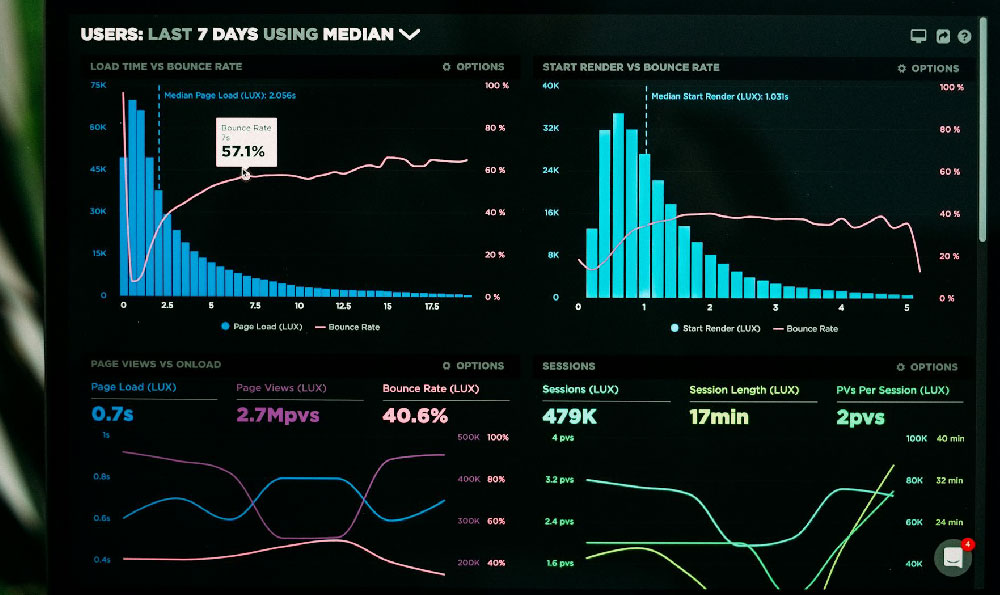Tracking your stock investments effectively is crucial for maximizing returns and minimizing risks. It's not merely about glancing at your portfolio balance; it's about understanding the performance of your holdings, analyzing market trends, and making informed decisions based on data. Without a robust tracking system, you're essentially navigating the volatile stock market blindfolded. Several methods exist, each with its own strengths and weaknesses. Choosing the right approach depends on your investment style, the complexity of your portfolio, and your tolerance for manual effort versus technological reliance.
One prevalent method is utilizing brokerage account tools. Most online brokers provide built-in portfolio tracking features that offer real-time or near-real-time data on your investments. These platforms typically display your current holdings, purchase prices, profit/loss statements, and transaction history. Some even offer advanced analytics, such as sector diversification breakdowns, performance comparisons against benchmarks (like the S&P 500), and tax reporting tools. The advantage here is convenience; everything is centralized within your trading platform. The drawback is potential limitations. Brokerage tools might not seamlessly integrate with other financial accounts (like your retirement savings or real estate investments), hindering a holistic view of your overall financial health. Furthermore, the depth of analysis offered can vary significantly between brokers. While some provide sophisticated charting and reporting capabilities, others offer only basic functionalities. Therefore, carefully evaluate your brokerage's tracking features before relying solely on them.
Another option is employing dedicated portfolio management software. These tools, such as Personal Capital, Mint, or Quicken, are designed specifically for tracking investments across multiple platforms and asset classes. They can automatically import data from your brokerage accounts, bank accounts, credit cards, and other financial institutions, providing a comprehensive overview of your net worth. The benefit of using portfolio management software lies in its versatility and analytical power. They often offer features like asset allocation analysis, retirement planning calculators, fee analysis (identifying hidden expenses in your investment accounts), and personalized investment recommendations. However, these tools often come with a subscription fee, and some users might be concerned about data security when granting access to their financial accounts. Carefully research the security protocols and privacy policies of any portfolio management software before entrusting it with your sensitive information. Consider also whether the features provided justify the cost compared to free alternatives.

For investors who prefer a more hands-on approach, creating a spreadsheet can be an effective tracking method. This allows for complete customization and control over the data. You can manually enter your stock purchases, sales, dividends, and other transactions, and then use formulas to calculate your portfolio's performance, asset allocation, and other key metrics. The advantage of using a spreadsheet is its flexibility and cost-effectiveness. You can tailor the spreadsheet to your specific needs and preferences, and there are no subscription fees to worry about. However, the drawback is that it requires significant time and effort to maintain accurately. You'll need to regularly update the spreadsheet with new data, and you'll need to be proficient in using spreadsheet software like Microsoft Excel or Google Sheets. Furthermore, manual data entry is prone to errors, which can skew your portfolio analysis.
Regardless of the method you choose, several key metrics are essential to track. First, monitor your portfolio's overall return. This is the percentage change in the value of your portfolio over a specific period, typically one year. Comparing your portfolio's return to a benchmark like the S&P 500 helps you assess whether you're outperforming or underperforming the market. Second, track your asset allocation. This refers to the distribution of your investments across different asset classes, such as stocks, bonds, and cash. Maintaining a diversified portfolio is crucial for managing risk, and tracking your asset allocation helps you ensure that you're not overly concentrated in any one area. Third, monitor your expenses. Investment fees, trading commissions, and management fees can eat into your returns over time. By tracking your expenses, you can identify areas where you can reduce costs and improve your overall investment performance. Fourth, keep an eye on individual stock performance. Understand which stocks are contributing the most to your gains and which are dragging down your portfolio. This information can help you make informed decisions about whether to hold, buy, or sell specific stocks.
Effective tracking goes beyond simply monitoring numbers; it's about understanding the "why" behind the performance. Analyze market news, economic indicators, and company-specific events that could impact your investments. Stay informed about earnings reports, analyst ratings, and industry trends. Consider setting up alerts to notify you of significant price movements or news events related to your holdings. The more informed you are, the better equipped you'll be to make sound investment decisions.
Finally, remember that tracking your stock investments is an ongoing process. Don't just set it and forget it. Regularly review your portfolio, rebalance your asset allocation as needed, and adjust your investment strategy based on your changing financial goals and risk tolerance. By consistently tracking and analyzing your investments, you can increase your chances of achieving your financial goals and building long-term wealth. Proactive monitoring combined with informed decision-making is the cornerstone of successful stock market investing.












